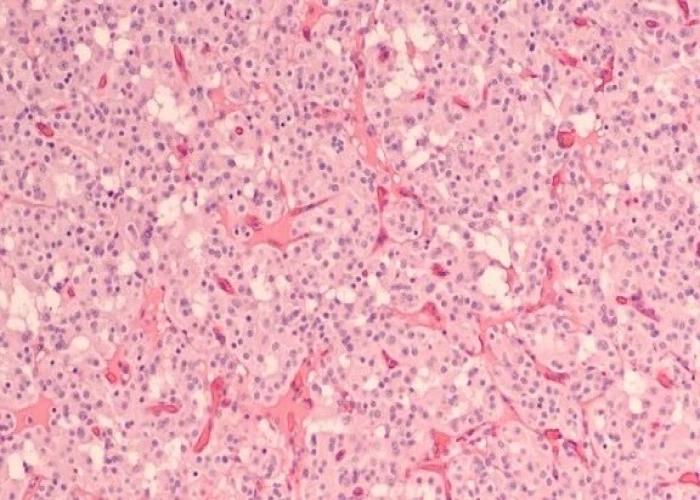 Welcome
Welcome
“May all be happy, may all be healed, may all be at peace and may no one ever suffer."
Pancreatic cysts
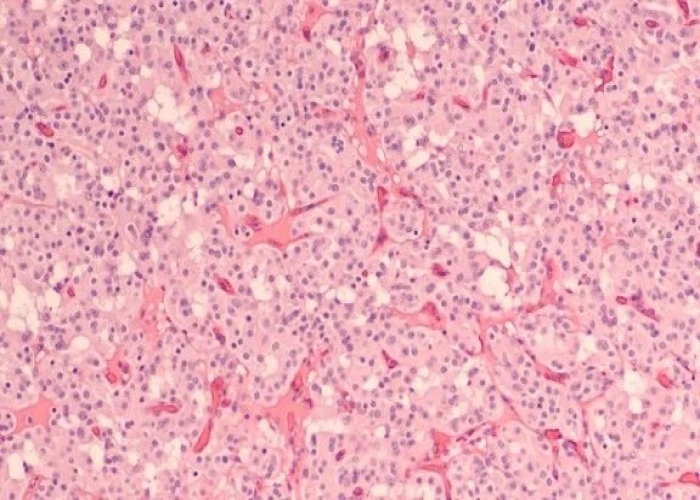
Pancreatic cysts are fluid-filled sacs that develop in the pancreas. These cysts can vary in size and may be found incidentally during imaging tests done for other reasons. While many pancreatic cysts are benign and do not cause any symptoms, some may be precancerous or cancerous and require further evaluation and treatment.
Symptoms of pancreatic cysts may include abdominal pain or discomfort, nausea and vomiting, or a lump or mass felt in the abdomen. However, in many cases, pancreatic cysts do not cause any symptoms and are discovered by chance during imaging tests such as CT scans, MRIs, or ultrasound.
The risk of a pancreatic cyst becoming cancerous depends on several factors, including the size of the cyst, its location in the pancreas, and certain characteristics seen on imaging tests. Cysts that are larger or have certain features, such as solid components or thick walls, may be more concerning and require further evaluation.
Treatment for pancreatic cysts depends on several factors, including the size and location of the cyst, its likelihood of being cancerous, and the overall health of the patient. In some cases, observation and monitoring with periodic imaging tests may be appropriate, while in other cases, surgical removal of the cyst may be necessary.
If you are diagnosed with a pancreatic cyst, your doctor will work with you to determine the most appropriate course of treatment based on your individual situation. It's important to follow up with your doctor regularly and to seek medical attention promptly if you experience any new or concerning symptoms.
Research Papers
Disease Signs and Symptoms
- Abdomen pain
- Nausea or vomiting
- Weight loss
- Pancreatic cysts
Disease Causes
Pancreatic cysts
The cause of most pancreatic cysts is unknown. Some cysts are associated with rare illnesses, including polycystic kidney disease or von Hippel-Lindau disease, a genetic disorder that can affect the pancreas and other organs.
Pseudocysts often follow a bout of a painful condition in which digestive enzymes become prematurely active and irritate the pancreas (pancreatitis). Pseudocysts can also result from injury to the abdomen, such as from a car accident.
Disease Prevents
Pancreatic cysts
The best way to avoid pseudocysts is to avoid pancreatitis, which is usually caused by gallstones or heavy alcohol use. If gallstones are triggering pancreatitis, you may need to have your gallbladder removed. If your pancreatitis is due to alcohol use, not drinking can reduce your risk.
Disease Treatments
Watchful waiting or treatment depends on the type of cyst you have, its size, its characteristics and whether it's causing symptoms.
Watchful waiting
A benign pseudocyst, even a large one, can be left alone as long as it isn't bothering you. Serous cystadenoma rarely becomes cancerous, so it also can be left alone unless it causes symptoms or grows. Some pancreatic cysts should be monitored.
Drainage
A pseudocyst that is causing bothersome symptoms or growing larger can be drained. A small flexible tube (endoscope) is passed through your mouth to your stomach and small intestine. The endoscope is equipped with an ultrasound probe (endoscopic ultrasound) and a needle to drain the cyst. Sometimes drainage through the skin is necessary.
Surgery
Some types of pancreatic cysts require surgical removal because of the risk of cancer. Surgery might be needed to remove an enlarged pseudocyst or a serous cystadenoma that's causing pain or other symptoms.
A pseudocyst may recur if you have ongoing pancreatitis.
Disease Diagnoses
Disease Allopathic Generics
Disease Ayurvedic Generics
Disease Homeopathic Generics
Disease yoga
Pancreatic cysts and Learn More about Diseases
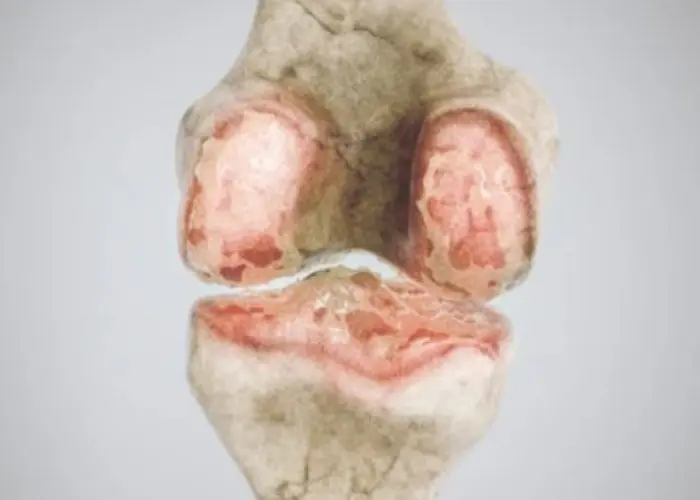
Bone spurs

Anorgasmia in women
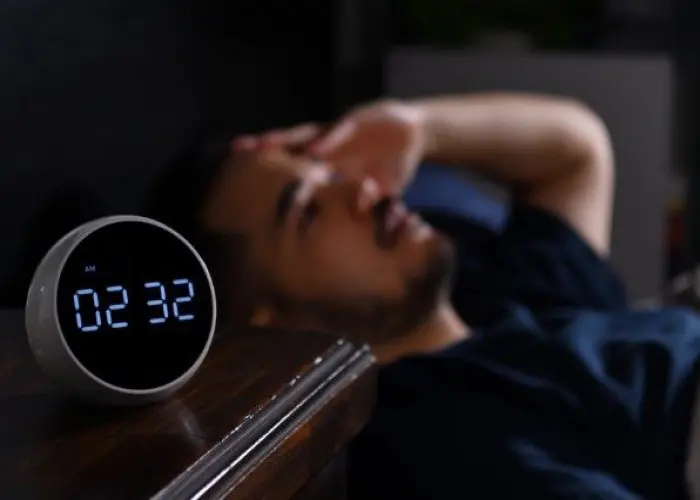
Insomnia
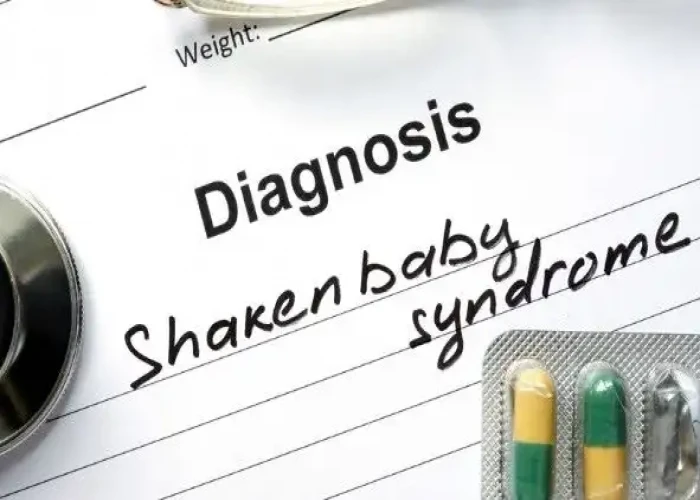
Shaken baby syndrome
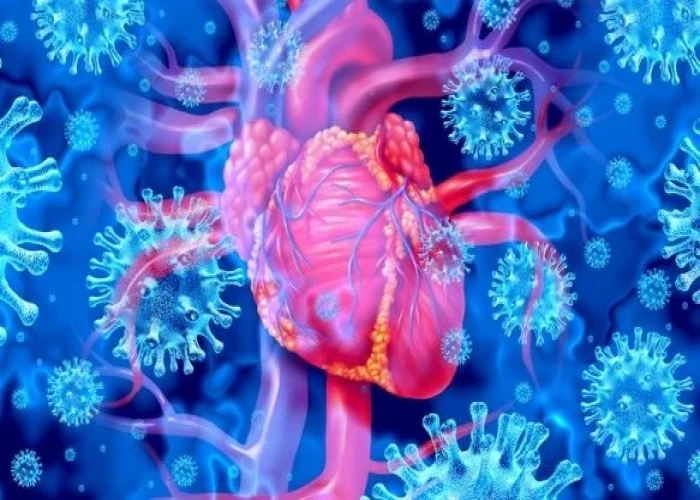
Myocarditis
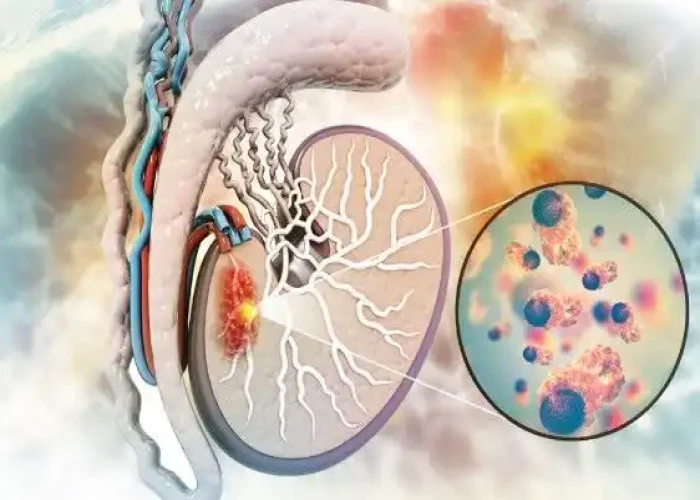
Testicular cancer

Adult attention-deficit/hyperactivity disorder (ADHD)

Panic attacks and panic disorder
pancreatic cysts, অগ্ন্যাশয় সিস্ট
To be happy, beautiful, healthy, wealthy, hale and long-lived stay with DM3S.
